G’day folks! Today I’m reviewing my few days in Saint Louis, Senegal, a unique little city partly on a couple of island, and partly (or to be more accurate, mostly) on mainland Senegal. Two long little islands connect to the mainland via the Pont Faidherbe, a bridge featuring in most of the postcards you can buy when visiting.
On my first night not long after I had arrived I walked around the main island, the touristic island until I decided on a place to eat. I am still not sure what the name of this island is, the island further out is Isle de Barbarie I believe, and this island is a fishing island and is incredibly densely populated, with around 30,000 residents on an island a few kilometres long and never more than about 500 metres wide.
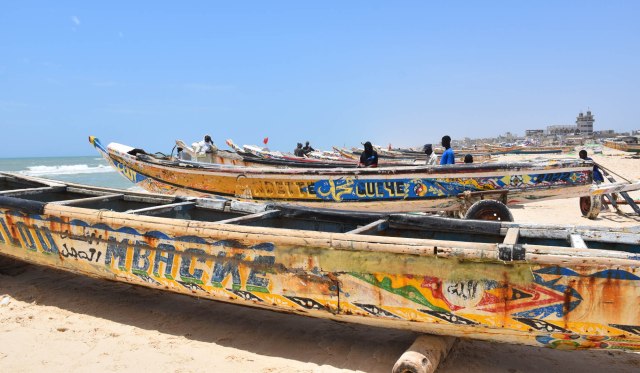
The smaller island, which may be known as N’dar Tout, and the island where tourists tend to visit, was surprisingly quiet. Covid had taken a massive hit on tourism to Senegal, and no where perhaps was it felt more than this little island full of guesthouses and colonial buildings. I remember it being so busy in 2007 when I last visited, but in April 2023, it was quiet. Was Ramadan a factor? Perhaps. But the tourist numbers have not returned to their pre-pandemic levels sadly.
At the little restaurant/bar I ate at I met a nice gentleman from France who was looking to visiting Langue de Barabarie, a bird sanctuary the next day and asked if I was interested in going and I was planning so I said ‘yes’. So we visited the next day.

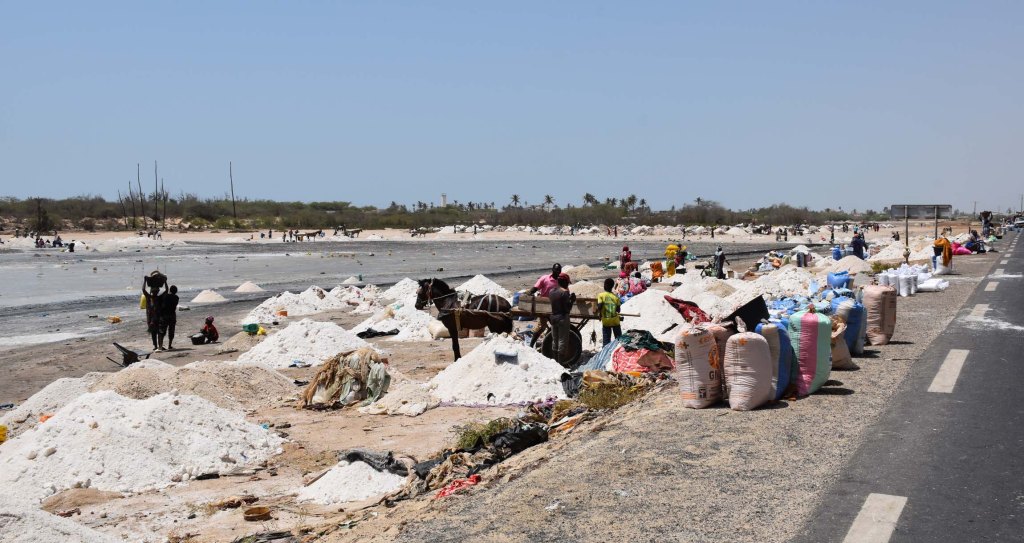
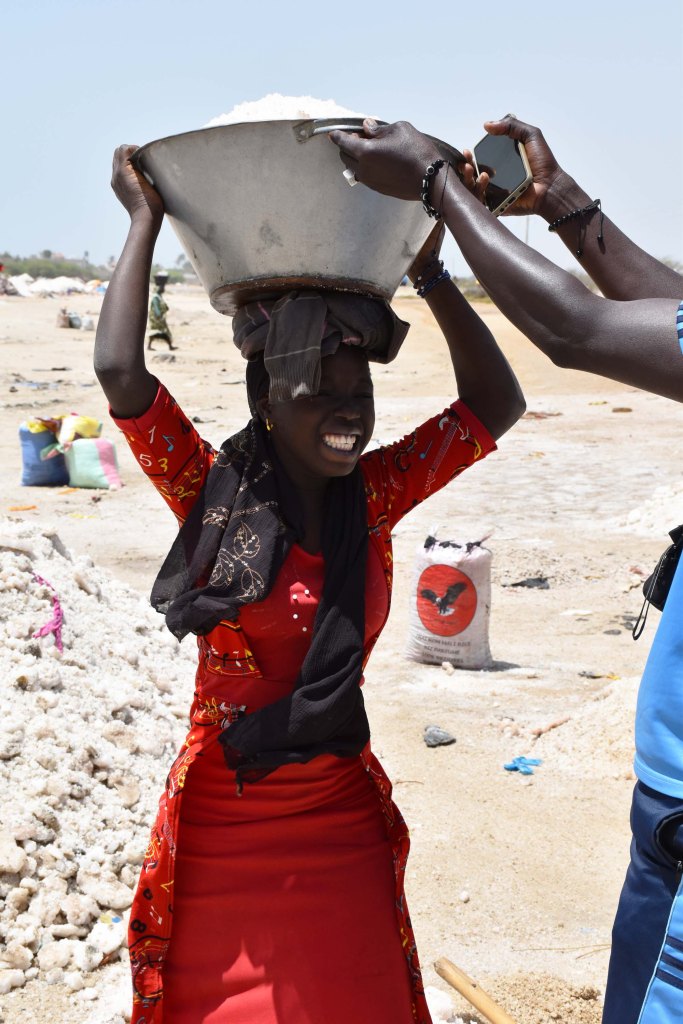
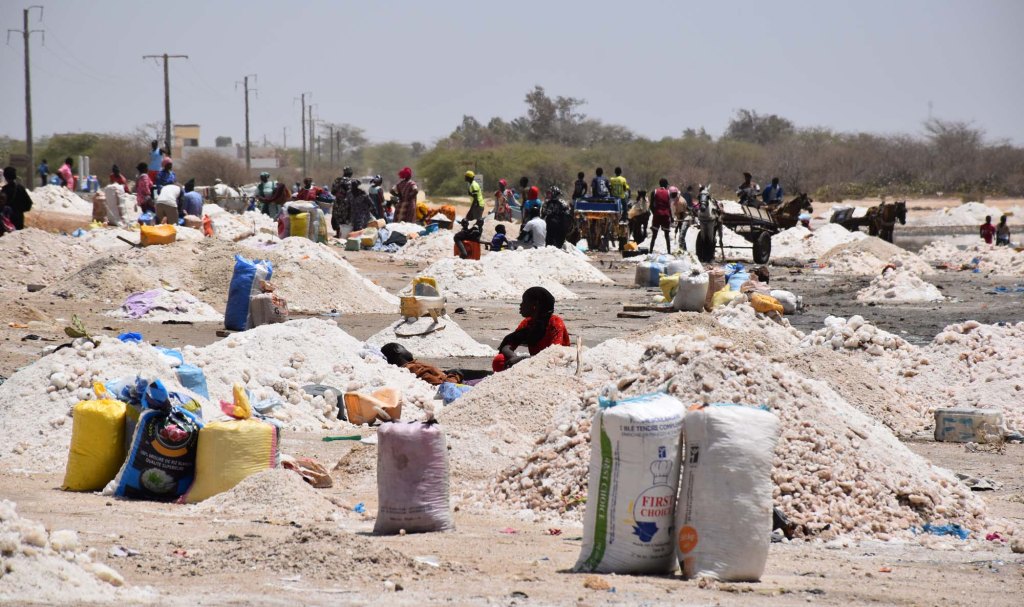
We had a guide, and on our way to this National Park and wetlands area we stopped off at these salt flats, where people, mostly women, were working seriously hard picking up salt and sending it away. The region is famous for its sea salt. I guess the tide goes out and there is all this salt just waiting there to be taken. The women stack it into a basket which they carry on their heads and take it to horse drawn carts where it is taken away. With a guide to ask people were happy to be photographed which was great.
A little further down the road was this small pink lake which was also worth a photo or two at. There’s a bigger one closer to Dakar, but in the end I didn’t make it out there so was happy to see this one.
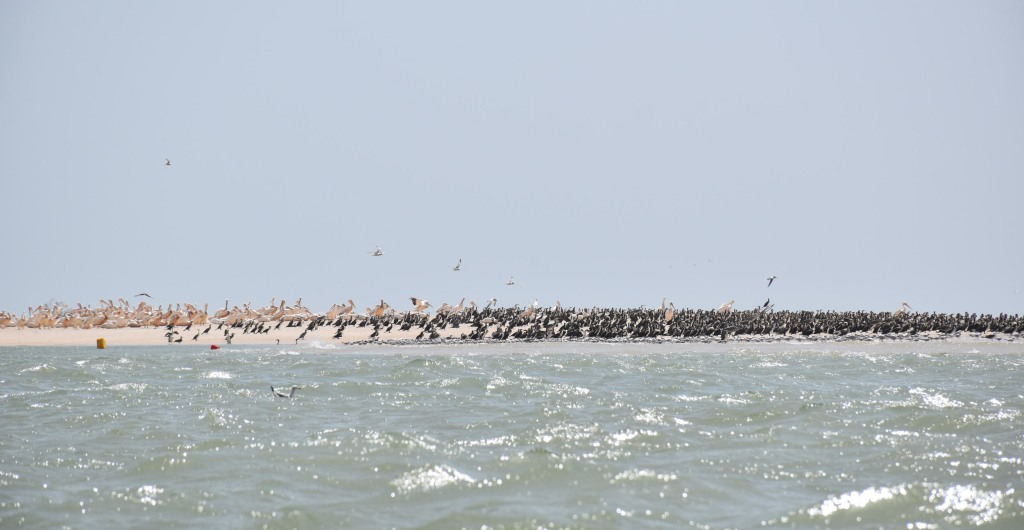
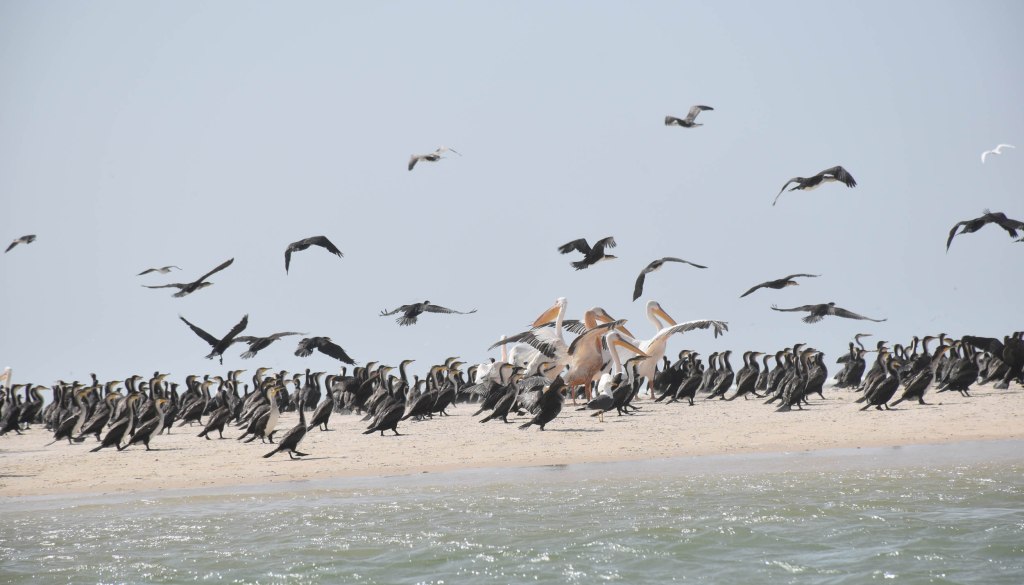
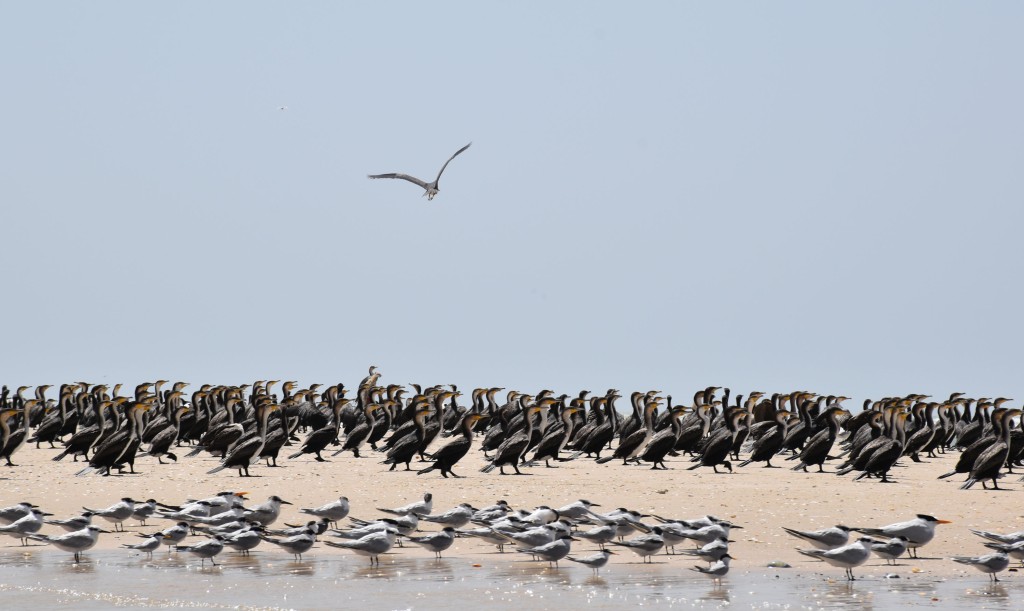
The bird sanctuary was fine. A bit windy but otherwise good weather. Took a boat out around some small islands and saw a few different seabirds including pelicans and I think egrets. Really nice to just get out of the rhythm of exploring cities.
My other day spent in St Louis I was on my own with a tour guide and we did a walking tour of the two islands. I had had a couple of people recommend a horse-drawn carriage tour, but thought walking would be a better option (and possibly cheaper I guess). Whilst mainland St Louis was super hot, it was actually around 10 degrees cooler on the islands.
The tour was very thorough and I had an English speaking guide (unlike the previous tour where my limited French had made it a bit difficult to keep up at times) which was nice. Basically there are not a long list of landmarks to check out in Saint Louis, but instead you see a LOT of historical buildings which apparently now are worth a fortune – but very hard to see. Saint Louis has seen a lot of different European Colonial powers come and go through the centuries since it was founded as a French Colony back in the 1600s.
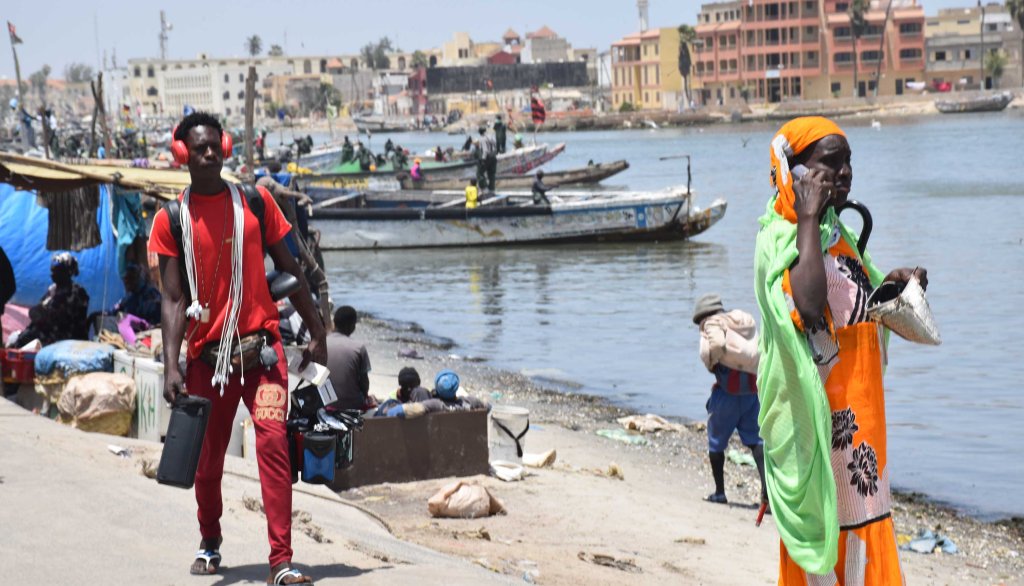

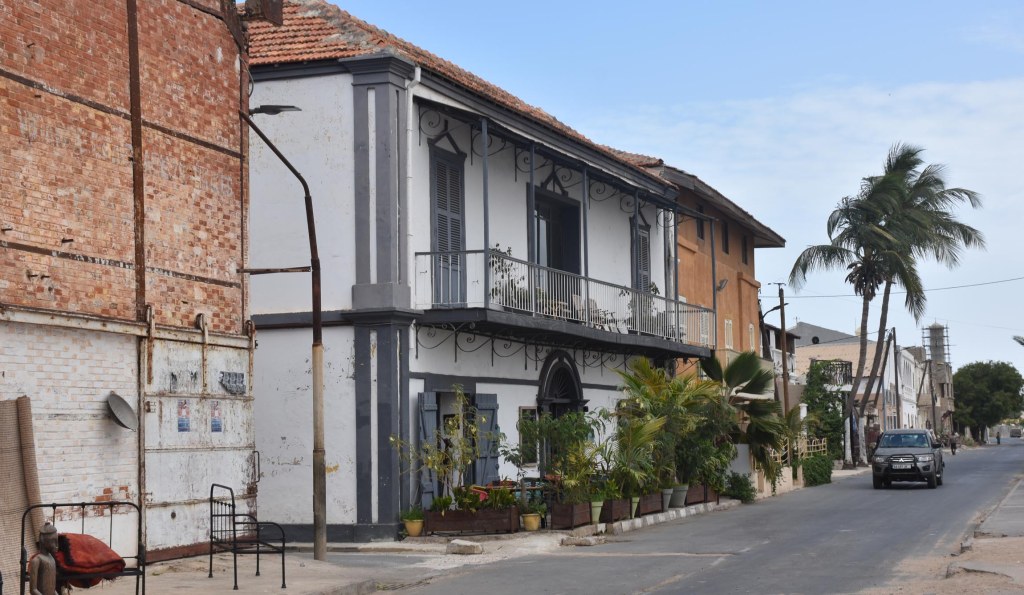
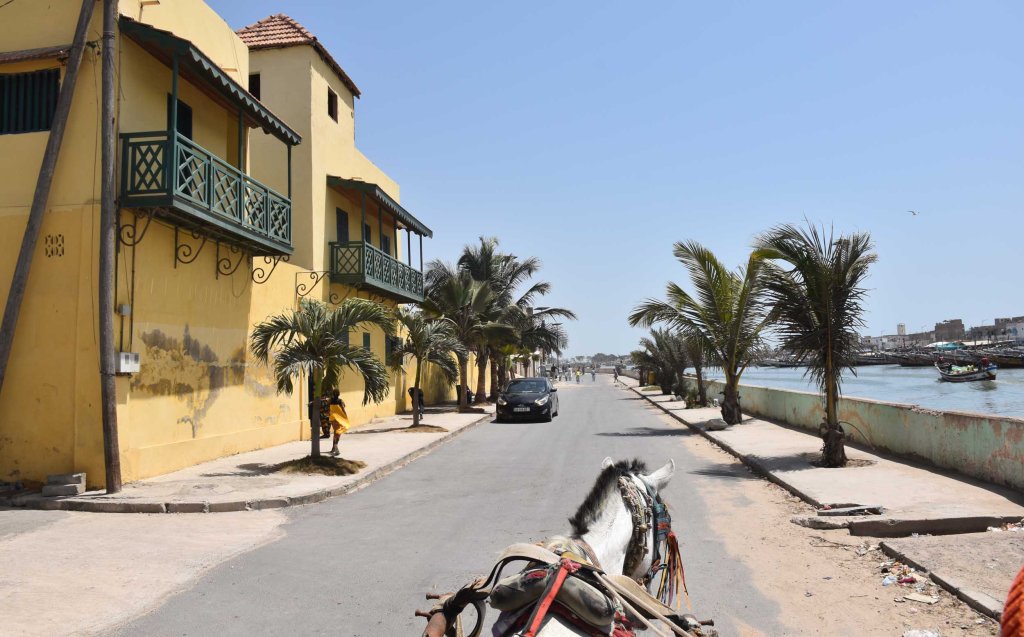

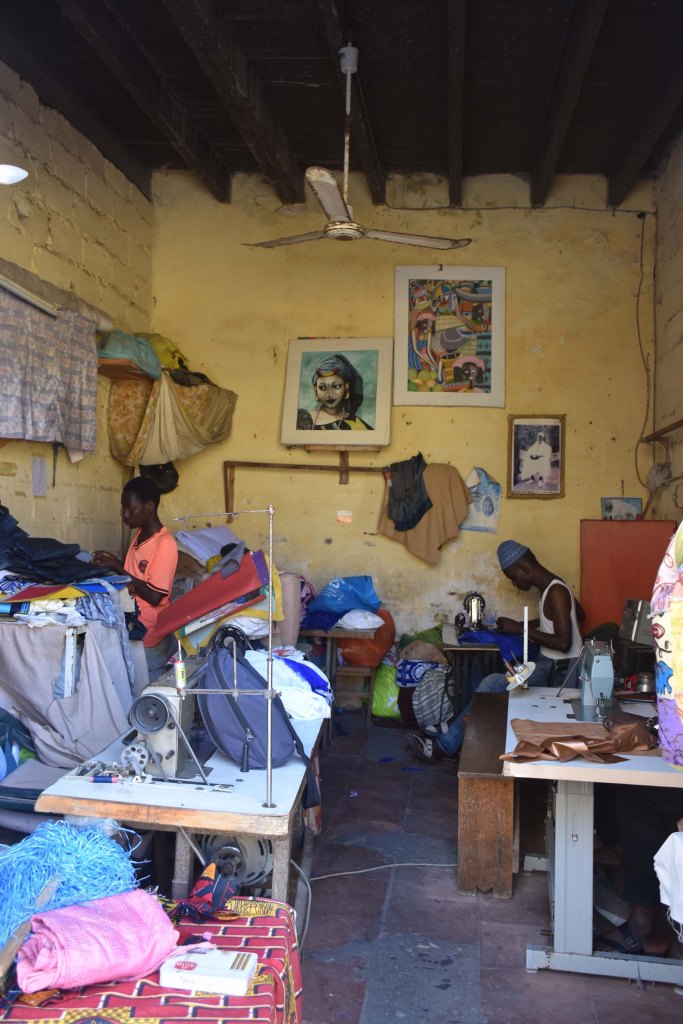
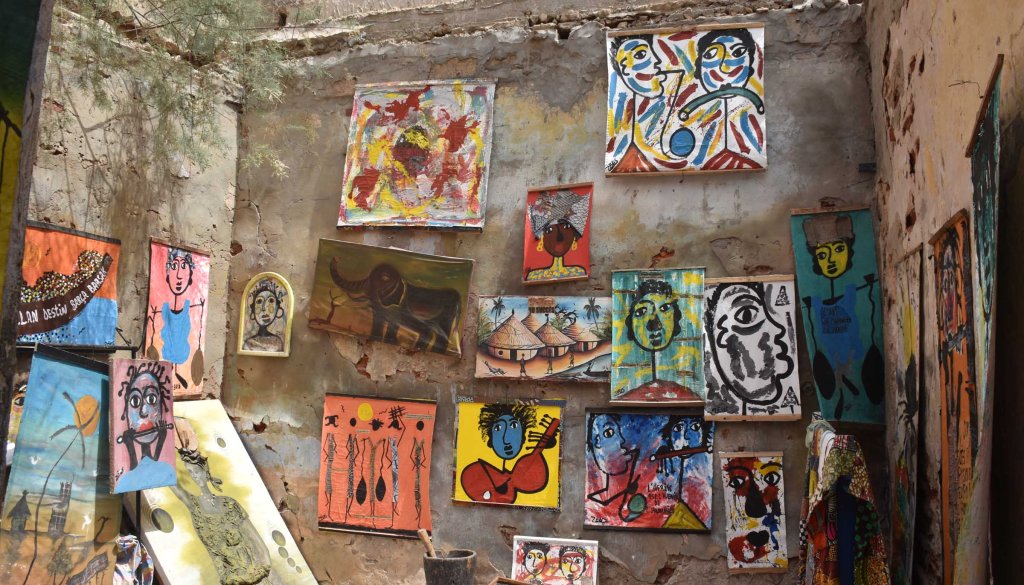
But before that the Portuguese, British and Dutch had claimed this part of the world as ‘theirs’. Saint Louis was even the capital of Senegal from 1857 to 1952. There’s a square and a town hall amongst the colonial buildings. It is also a hub for artists/painters and we looked at a gallery or two. On top of that you really can score some interesting antiques and souvenirs if your pocket stretches far enough from wooden animal carvings to metal work and fabrics/clothes.
My guide pointed out a number of significant buildings including a building where the colonial masters kept their, ummm, what’s the best way to say this? Their Senegalese girlfriends I guess. Perhaps not surprisingly this looked to be one of the nicest buildings on the islands.
Eventually we crossed another bridge to Ile de Barbarie, the fisherman’s island. The architecture was not as interesting, but it’s a super busy island. My guide told me that it was common for the fishermen to have multiple wives and 8 or more children, because they needed the people to help with the trade of fishing. So sons were preferable. Actually that was, I think 8 wives.
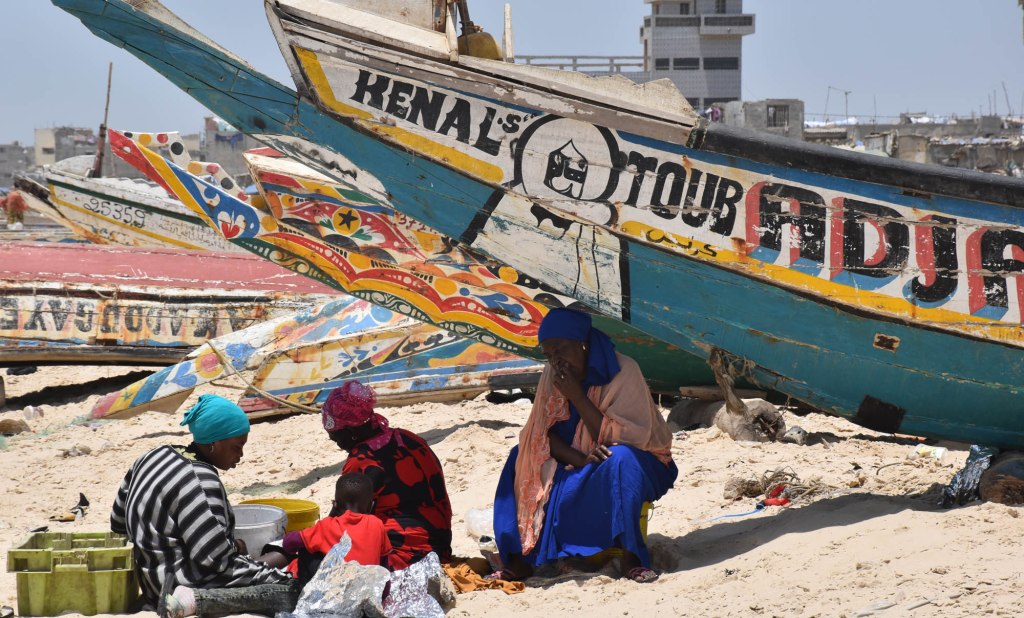
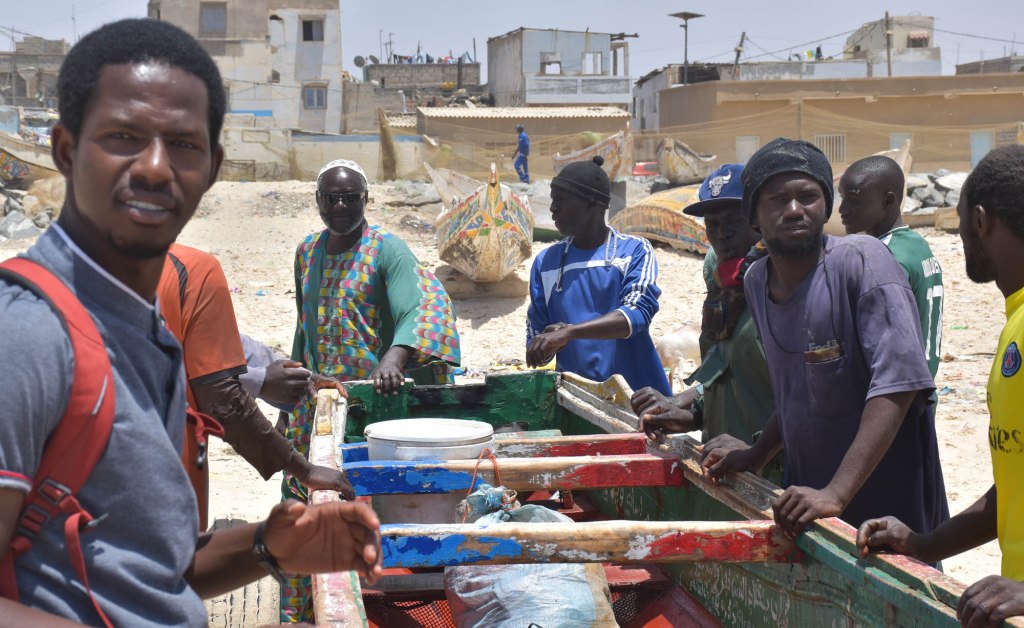
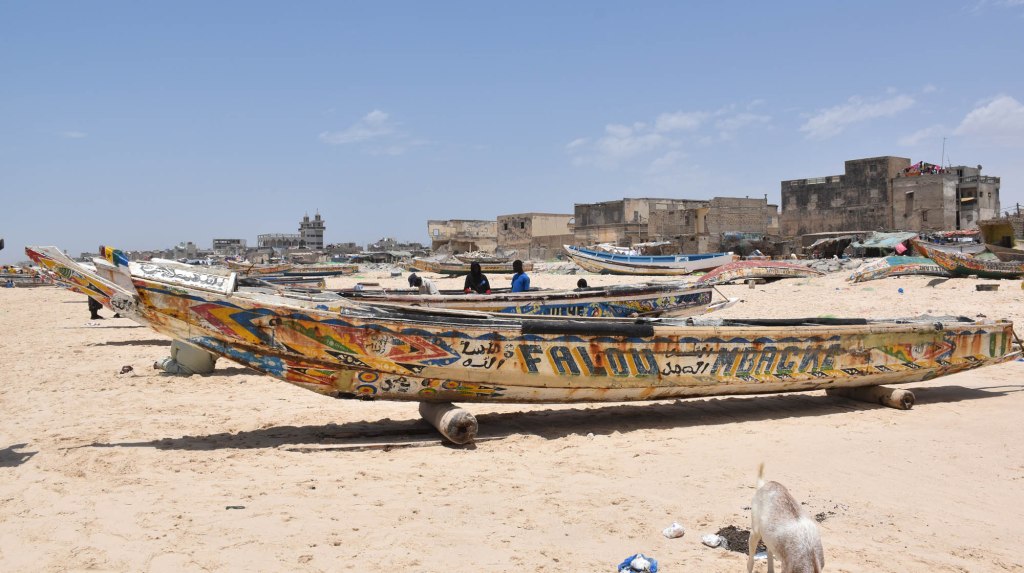

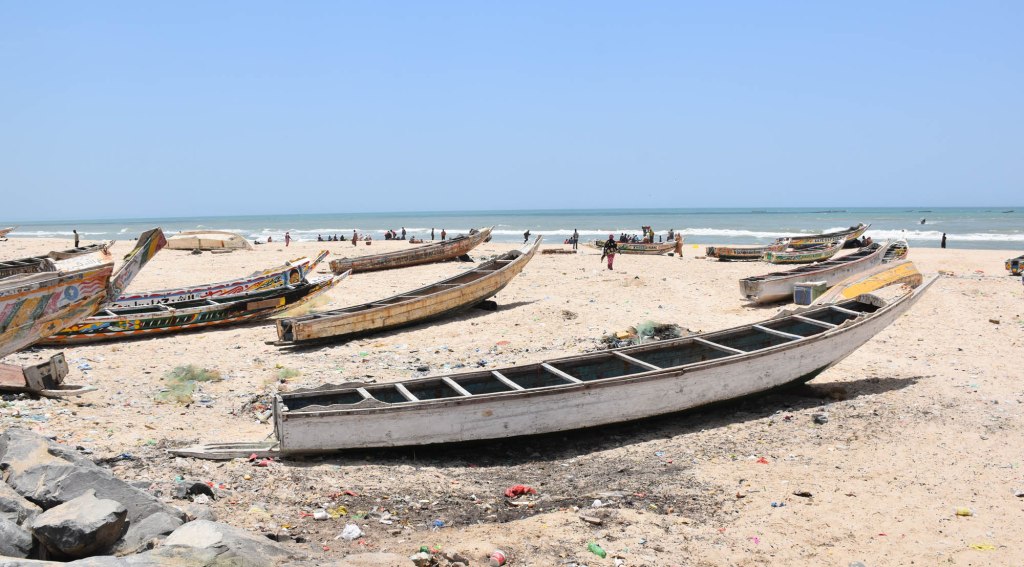

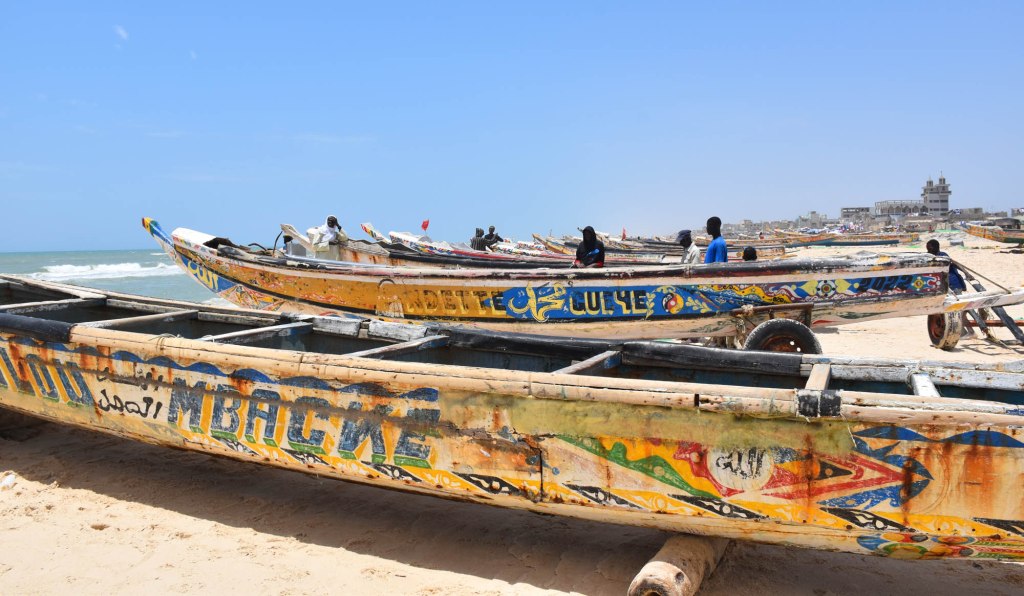
There were a couple of fishing markets, and I was able to go onto the beach and get up close and personal with a boat that had just got in which was great for the vlog. (please check it out!) But also I heard more concerning stories about the effects of climate change on the island. Storms and waves come in more and more, and destroyed a number of buildings that the waves never used to get closed to, in recent years. Government deals with China had led to better roads, however part of the deal was allowing China to fish en masse outside a certain zone. Further out than generally Senegalese fishing boats are capable of going, the number of fish in the fishermen’s waters has drastically reduced and life has become increasingly hard. During Covid, people were taking fishing boats out to try and reach the Canary Islands which are part of Spain. It’s a very long way – must be around 1000km or more. On small wooden boats, it takes days and days and boats got lost and people disappeared.
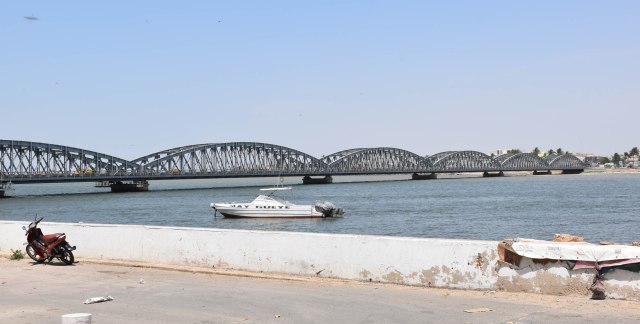
As the tour continued, I was actually feeling it and in the end we finished the tour on a horse drawn carriage after all. We returned to the smaller island between Ile de Barbarie and the mainland, circled around the south of the island (we’d walked around to the north) before the tour was over.
The low number of tourists meant that people were really doing it tough. I had a guy look for me a number of times near my hotel and ask me for money or food, and so I went into the shop across the road and bought him a few items. We really do take life for granted at times.
One more stop before the final stop – Dakar. And that is the little town of Saly actually south of Dakar. The story of my time there and getting there will be along soon! Thanks today for checking out the blog and your support. Take care wherever you are in the world – May the Journey Never End!

Fantastic shots. It’s sad to hear tourism has not yet picked back up.
Senegal has never really stood out to me as a destination, but your pictures make it quite interesting. Maggie
There’s sun, there’s light, but life is certainly tough in Senegal. It’s brave of you to have made the effort to show what it’s like.
thank you for sharing your story! I am going to Senegal in 3 weeks time. Could I ask how you found the guide in Saint Louis? Could you recommend one for the nature trip and the city/ islands sightseeing?
thank you for sharing your story! I am going to Senegal in 3 weeks time. Could I ask how you found the guide in Saint Louis? Could you recommend one for the nature trip and the city/ islands sightseeing?
Oh sorry I missed this comment and I’m terrible at replying too. If it’s not too late you can ask at the hotel I stayed at the ndar ndar house also cafe and gallery they can hook you up with tours. It’s hard to get a good price though regardless of who you book through.